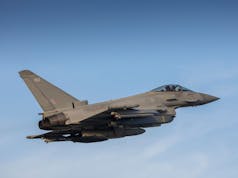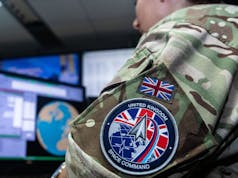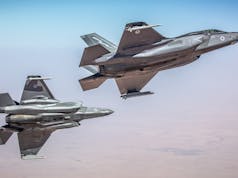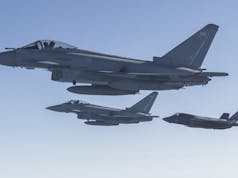The Ministry of Defence has taken the decision not to proceed with the procurement of Counter-Uncrewed Air System technology from a specific supplier after unresolvable issues were found during the demonstration phase.
C-UAS technology comprises technology that can be used to detect, track and/or identify a UAV and/or Ground Control Systems (GCS), the primary purpose of which is to provide security personnel with the timely and accurate information they require to enable a proportionate and effective response or rendering a technical effect to prevent the UAV from completing its intended activity.
According to a contract tender update:
“Please note that we have taken the decision not to proceed with this procurement for the following reason: Issues were identified with the evaluation criteria and conduct of the demonstration day which cannot be rectified in a way that would allow the procurement to move to contract award.”
The original tender stated the following:
“This requirement is for the purchase of Counter Uncrewed Air Systems (C-UAS). The initial contract term will be for 2 years, up to the value for £4M.
This contract will also include options to
(a) extend for a further 2 years for support to the units purchased during phase one
(b) extend for a further 5 years to procure and support additional systems up to the value of £11M.
The total possible spend under this contract will be £15M.
This requirement is for the purchase of Counter Uncrewed Air Systems (C-UAS). The initial contract term will be for 2 years, up to the value for £4M. This contract will also include options to (a) extend for a further 2 years for support to the units purchased during phase one (b) extend for a further 5 years to procure and support additional systems up to the value of £11M. The total possible spend under this contract will be £15M.”
It is unknown how much has already been spent.













I’m confused with what this means. Have they legitimately said, after the conflict in Nagorno-Karabakh and Ukraine, that they will not be procuring anti-UAV weapons????
I would imagine that they are simply not proceeding with this particular C-UAS at this time. Perhaps in the future as long as the developer resolves any issues in their own time and at their own expense. Just speculating, absolutely no inside knowledge whatsoever.
It says “specific supplier”, but it also says “tender”, suggesting different companies. I am unaware if the CUAS programme is general procurement or was intended to purchase a single OTS product.
There was a competition. Someone won it. That’s the specific supplier it’s talking about.
However, the contract date was 16/11/21, so if it’s already been shown not to be up to snuff, it looks like an OTS purchase. And as the tender process ran for only two months from tender publication to contract award, I expect they had a specific product in mind and were jumping through the hoops.
So I suppose the answer to your question is probably both.
R&D efforts fail fairly often by their very nature. The wording “Issues were identified with the evaluation criteria and conduct of the demonstration day” is interesting though. My reading of that is that the early promise shown by the system was an illusion perpetuated by inappropriate test methodology.
C UAS systems are already in use by the RAF Regiment. What id like to see are C AUS batteries with every RA Regiment and ideally BG with AA gunnery. Not just jamming but kinetic. Or is that too un PC for the army command these days?
This was for a ship-based detection system. Some highlights:
That’s a tough ask. I suppose if the requirement was limited to radio operated drones, fair enough, but passive detection of autonomous nano-drones? Would electro-optical at 1km be feasible?
If it doesn’t work, it doesn’t. That’s what the demo phase is for. It’s not like there aren’t other naval C-UAS initiatives.
If it’s a Chess Dynamics solution, that’s based in Horsham, Quin’s constituency, so you can argue the MoD were doing the brave thing to drop it so quickly.
This reads to me like the potential jammer supplier had been caught rigging a demonstration test. C-UAS are supposed to detect then jam the control signals of commercial/military drones.
More on the entire UK plan of action on C-UAS here
Note the paper is 2 years old, but still lays down the guidelines of what the MOD was after
The full scope of what the MOD has been funding regards the subject can be found here. (List extant as of Oct 21) If you do follow the link, clicking on the link below the headline will take you to 2 documents on the subject.
Can anyone tell me which company specifically this article is referring to? Doing some research on cUAS systems.